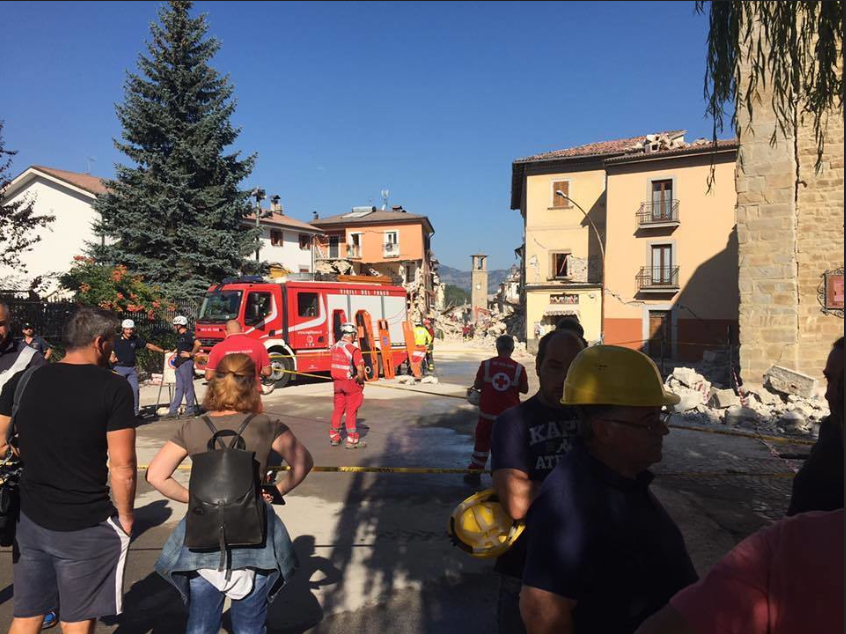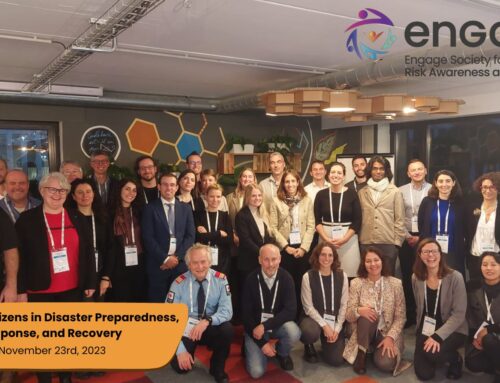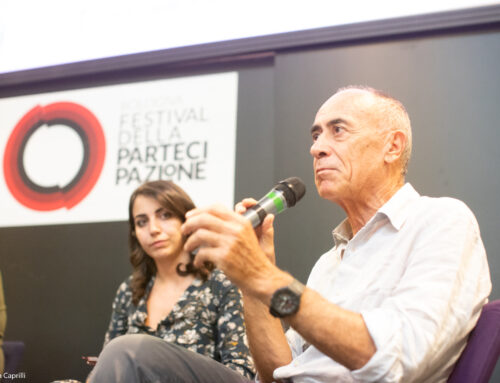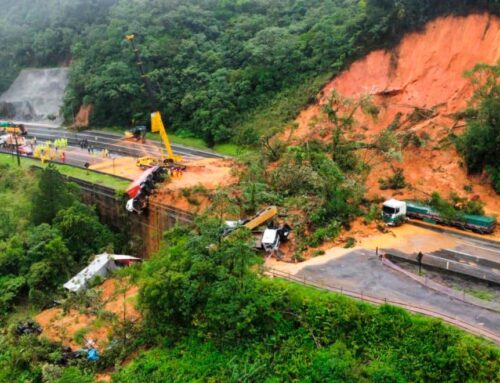Introduction
Resilience is today a broadly used concept in academia and its use by disaster managers to plan for crisis and to manage crisis situations has also steadily increased over the last thirty years. For this reason, ENGAGE, seeking better solutions for disaster managers, authorities and emergency organizations, is interested in rethinking resilience for helping us to understand what happens when citizens and first responders interact.
Disaster managers often use resilience in an abstract sense, reducing the complexity of social dynamics to be able to integrate it in standardized disaster management strategies. At the same time, the fact that resilience is used by practitioners in various ways is sometimes met with skepticism by researchers, but rarely addressed as an opportunity to reconnect research and practitioners’ insights and experiences of resilient individuals, organizations and communities.
Understanding societal resilience to help analyze and manage crises
In ENGAGE, we are interested in how resilience is used to analyze a crisis, but also how it is used to manage it. We propose societal resilience to bridge the gap between citizens and disaster managers. Thus, our approach to resilience is “societal” for four reasons.
- First, we want to include everybody affected by crises, from the individual, to organizations to societies. However, independent of who is coping with a crisis, it always unfolds in a specific context. Even a global pandemic takes place in a concrete place at a given moment.
- Second, we understand societal resilience as a state that emerges from what people do, say and what they believe in depending on their place in society. By focusing on what people do, we can account for how citizens cope with a disaster, but also what they want and the context in which they live.
- Third, societal resilience is in that sense a relational approach to coping with crisis. It is always about what connects people and how they think of themselves and their place in society.
- Fourth, societal resilience depends always on a context. It makes a difference, if people act in a village or a city, if they young or old, if they acting alone or in a group, if they are close or if they are far away. We need to understand as much who acts against crises as where and when people act to improve interactions between citizens and first responders.
Formal, informal and local disaster management
These four elements invite us to consider resilience from a different angle. We stop thinking about community’s actions during a crisis as something that is either entirely disconnected or from authorities and emergency organizations or to focus exclusively on the “official” disaster management. Citizens manage crises and while doing so interact with those whose profession it is to help and protect them. Hence, with a societal resilience perspective, we are interested in how these interactions emerge and in which context they take place and how citizen’s action are integrated in an overall response to a disaster or not – how they are “formalized”. In other words, we are looking for the blurry boundaries of (in)formal disaster management.
With a societal resilience perspective, we also start to acknowledge that interactions between citizens and disaster managers happen in a specific situation, time and place. They are situational, timely and local as are the information and the decisions that are the result of those interactions. Societal resilience helps us not only to understand how citizen’s actions are formalized, but also how they are localized.
Actions driving to societal resilience
Finally, societal resilience helps us to take the experiences of all those who act in a crisis seriously, be it those who professionally engage in disaster management or those who take informal roles in such a situation. Taking everybody serious also means to recognize that their experiences and the way people make sense of a crisis determines their capacity to be resilient.
Resilience is in that sense not only about behavior but about actions that take place in a context that provides sense. Being a nurse, a neighbor or a volunteer does not translate directly into doing something during a crisis, but it has to be related to a place and a role that somebody attributes to herself and himself in a disaster. It is social values like duty or solidarity that invite people to act. When this “sense-making” is shared by others, people start to take action as a group. If this happens always depends on what authorities and emergency organizations do. So, a dysfunctional disaster management as a common perspective
We believe that by investing in the concept of societal resilience, ENGAGE can built on the rich experiences of citizens in society to provide better solutions for first responders.
Author: Jan Verlin, Chair in Geopolitics of Risk, École Normale Supérieure
Photo credits: U.S. Army Southern European Task Force, Africa





